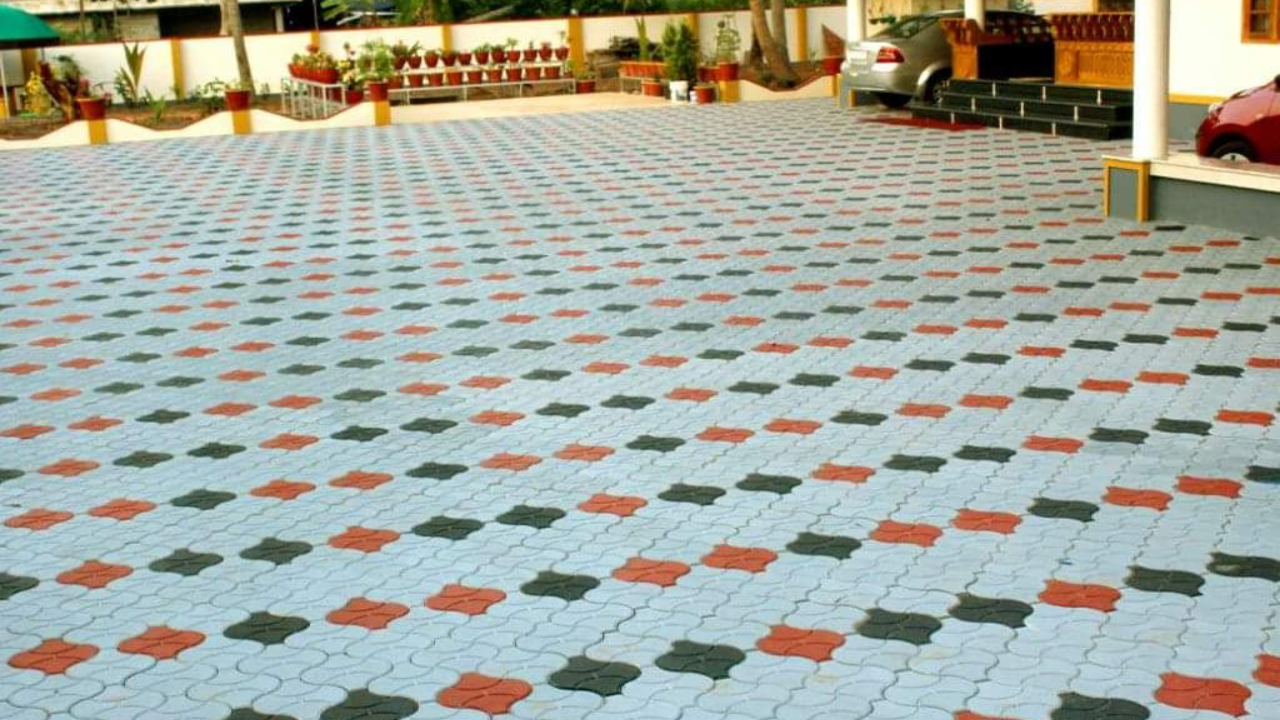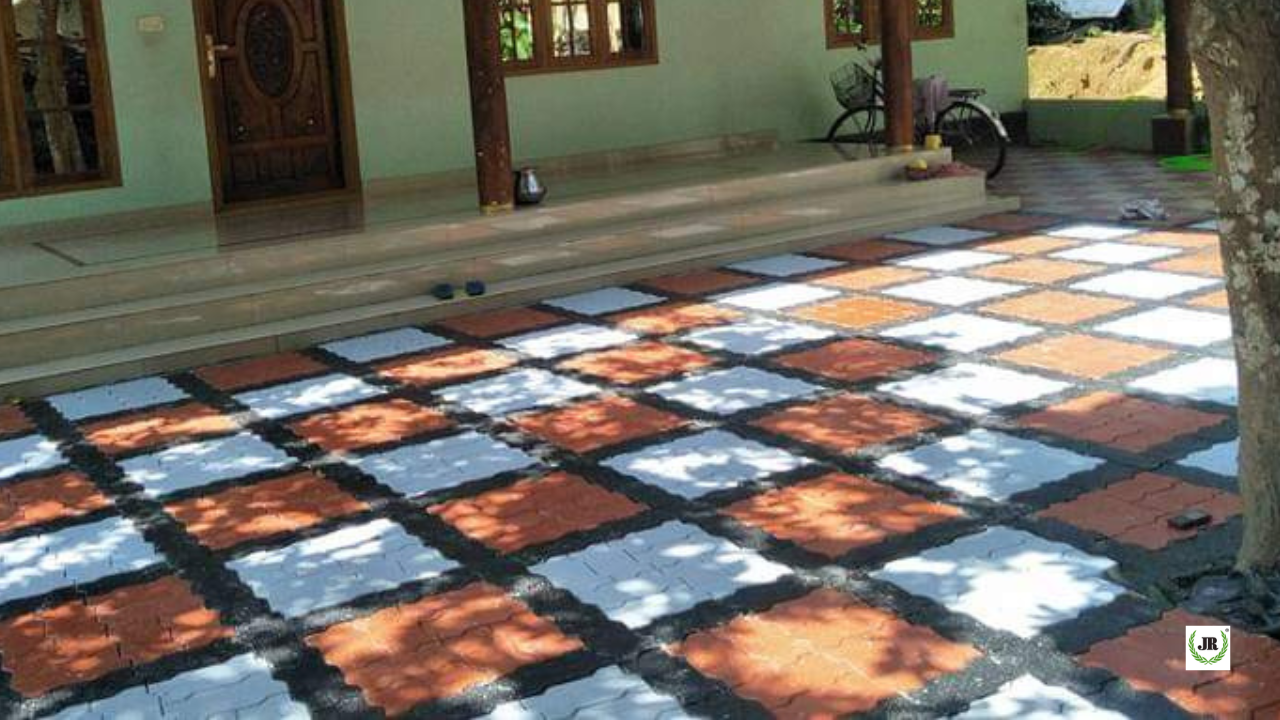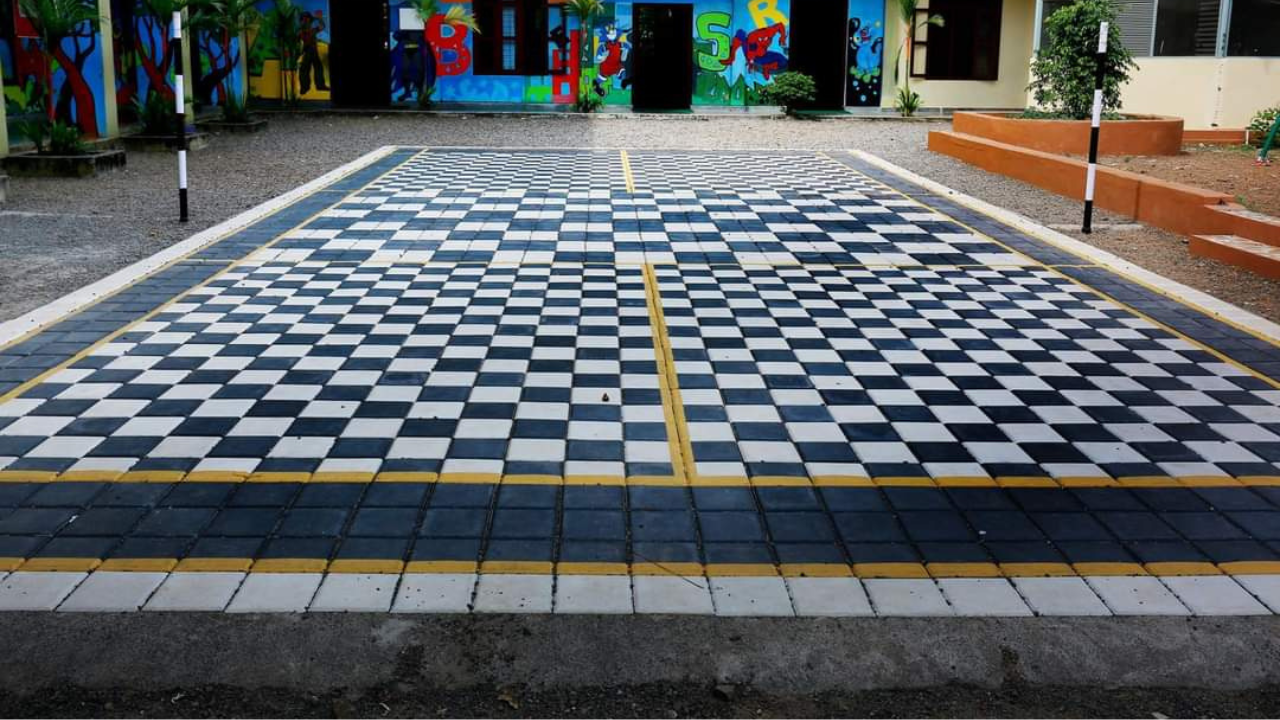
Interlocking pavers are a great option for creating a seating area outside for restaurant guests or remodelling your driveway at home. Because of cutting-edge innovation and creative manufacturing and installation techniques, interlocking concrete pavers are incredibly durable. Furthermore, when put in by a qualified professional, these paver stones may easily survive for 31 years or beyond. These items provide any property with a practical layer of visual appeal that can endure years of time and rigorous usage, and they serve well for a variety of tasks.


INTRODUCTION
Do your patio, backyard or even front yard need an update?
The benefits of an outdoor space are many, but the patio and outdoor improvements are some of the most important. Some people think that this is a feature that is not needed. Others believe that it is a great addition to any property. Interlocking paving bricks are the latest trend among homeowners. They are versatile and provide a new sense of security, as well as the pleasure of walking on them. The best thing about interlocking pavers is that they are both attractive and cost-effective. This article will give you all the information you need to know about interlocking paver blocks in the near future.
WHAT ARE INTERLOCKING PAVERS?


For some people, pavers are an engineering masterpiece, even if they may appear to be a common sight to others. These pavers are one of the many pavement styles that are offered on the market. Little concrete or cement slabs that fit together to form the best interlocking designs are known as interlocking pavers block and are frequently used to build patios, decks, driveways, and walks. A pavement’s structure is made strong and stable by using interlocking concrete paving. A strong load may be evenly distributed throughout the single units of interlocking paving tiles, providing the pavement with sufficient support for both its weight and traction.
PROS OF INTERLOCKING PAVER BLOCK


The use of paver blocks is a unique method for designing attractive pavements. Compared to other materials, each paver block material (concrete, clay, or natural stone) has a unique property. Block paving is the finest choice for your patio, driveway, and walkway, but before laying any type of pavers, you should be aware of their benefits and drawbacks for interlocking paver blocks.
1. HIGH VERSATILITY: Every pavement surface may be enhanced with colour and flair using one of the many contemporary designs and laying patterns available. Because the pavers are modular, geometrical patterns may be made by connecting interlocking concrete pavers in certain ways.
2. LONG LIFESPAN: Interlock paving tiles can endure severe temperatures, even while going through cycles of freezing and unfreezing, and are less likely to break than asphalt or concrete which is poured or stamped. Compared to other pavement types, interlocking pavers are a superior option because they are made to survive for more than 30 years with typical use. Maintenance expenses are greatly decreased since these are much more durable than asphalt or concrete.
3. WEATHER RESISTANT: Concrete pavers that interlock not only keep the surface layer cooler but also make any surface safe from dangers like slipping and sliding. Interlocking paving bricks are made to be resistant to spills of oil and gasoline, so cleaning up spills of either will not be a problem.
4. ENVIRONMENT: A solid surface can create chemical and water runoff that can contaminate natural water sources. Block paving also helps you establish a better drainage system for your patio or driveway by preventing rainfall from pooling or flooding. Interlocking permeable pavers are also an option, and each grid contains plants. These pavers enable stormwater to be recycled into the grounds instead of back into the street. Stormwater is surface water in excessive amounts brought on by heavy rain or snowfall.
5. LOW MAINTENANCE: Comparatively speaking to ordinary concrete or asphalt pavement, these kinds of pavers require less maintenance. The top surface of a paver brick does not require polishing, and it won’t require future painting. Simple soap and water may be used to wash your driveway or patio on a regular basis to keep it looking clean and new for many years.
STEPS TO FOLLOW WHEN YOU LAY INTERLOCKING PAVER BRICKS

Interlocking paver bricks are a great way to add a splash of colour and a bit of interest to any project. When you lay interlocking paver blocks, there are several steps to follow to ensure that your project will be successful. These steps are designed to help you lay your interlocking pavers with ease. They will also help you to avoid any mistakes and to get your project completed quickly.
STEP 1: To give final levelling capabilities and help in holding the pavers in place, a layer of sand is required. Employ 1-inch-deep, spotless concrete sand. For every 300 square feet of the project’s size, allow 1 cubic yard of sand.
• STEP 2: To prevent any deflections of the paving stones and sand bedding, install a solid edge restraint. Existing hard edge, vinyl moulded restraints, or concrete restraints are a few examples of edge restraints.
• STEP 3: Working ahead, lay the pavers level on the sand bed. Use a pre-set string to guide the pavers’ straightness as you begin the operation, either at a 90-degree angle or within the field.
- STEP 4: When the paver field and edges have been installed, pour a thin coating of sand over the pavers to help them start interlock moulds . Next, use a vibrating plate compression machine to compact the sand.
• STEP 5: About 14 inches of dry paver joints or mason sand should be applied to the paver area’s surface. Sand must be allowed to fill the spaces between the sanded paver by passing over them two or three times with the vibrating plate compactor. Fill any leftover gaps with sand until they are all filled.

CONCLUSION
We hope you enjoyed our article about interlocking pavers. We know that many people are choosing to go with interlocking pavers over concrete and other different materials because they are more eco-friendly, durable, and customizable. Whether you are interested in topping them with a concrete floor or using them as a stepping area, you are sure to find the perfect design for your home. Interlocking pavers are a great way to add a unique pattern and visual interest to your landscaping. They are also a great investment as they will be useful items for years to come. If you have any further questions about interlocking pavers, feel free to reach out to us at JR Rubber Industries. Thank you for reading our blog, we are always happy when one of our blogs is able to provide useful information on a topic like this!